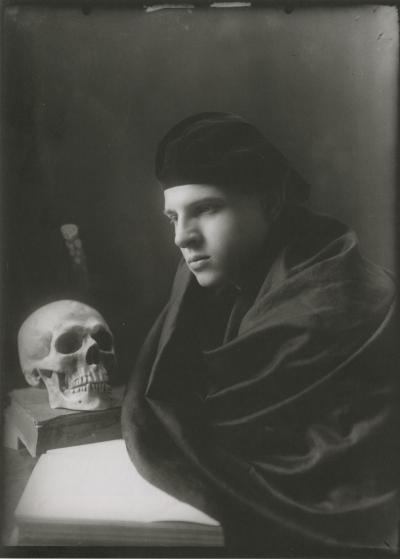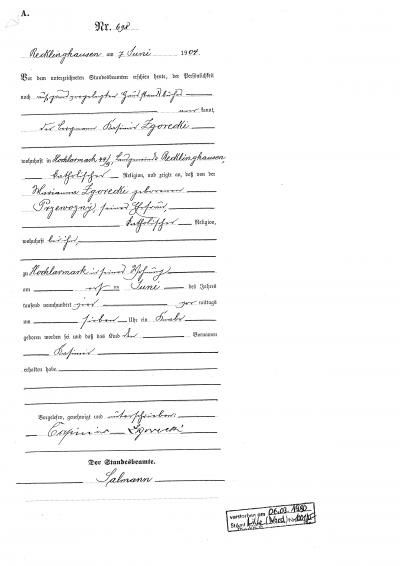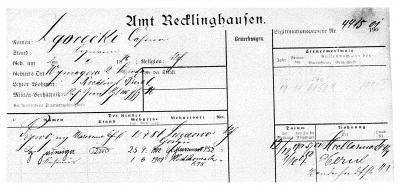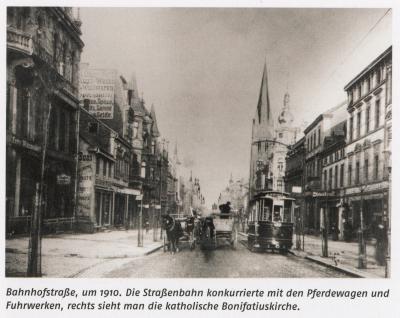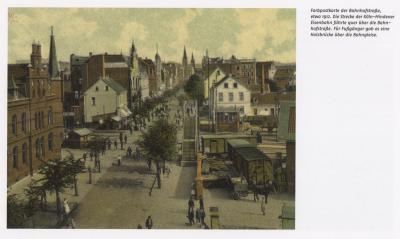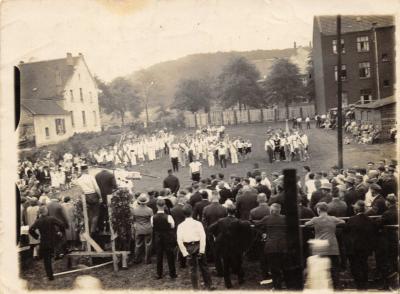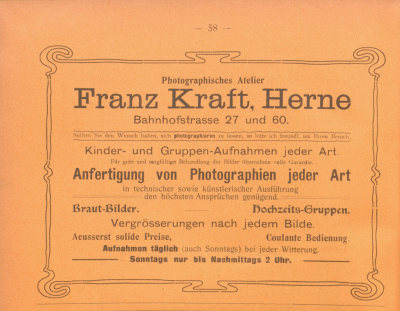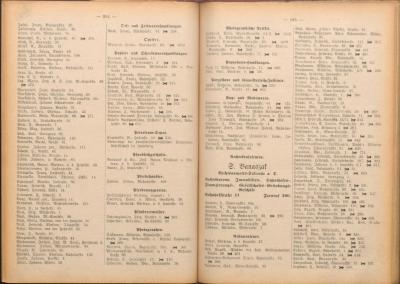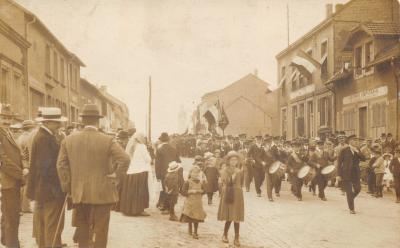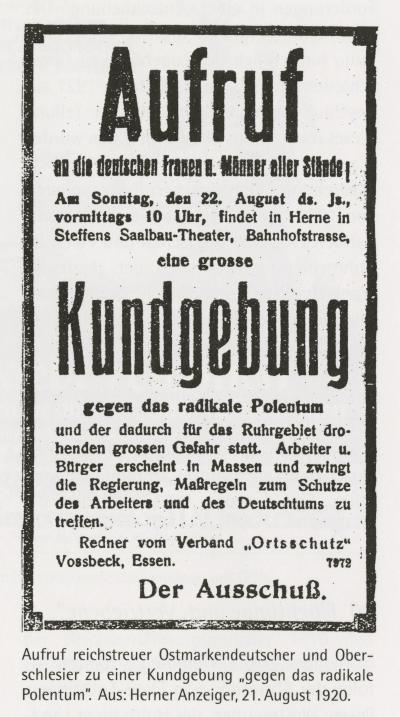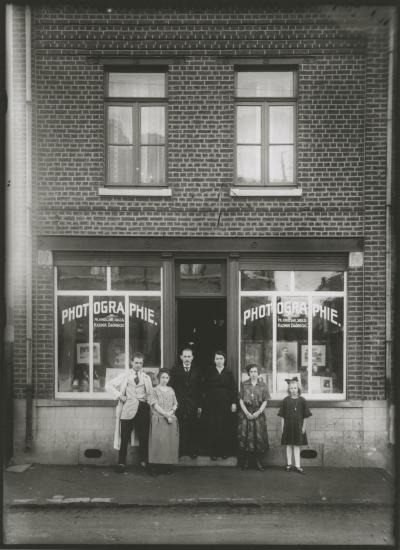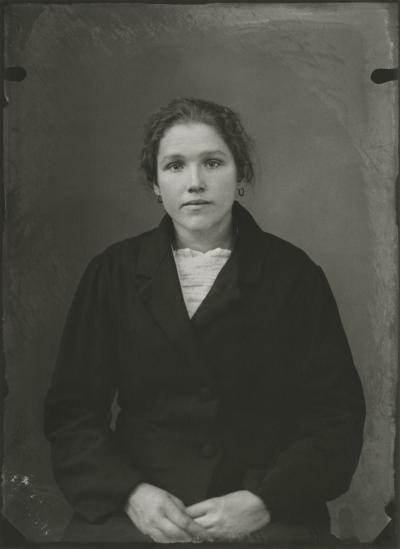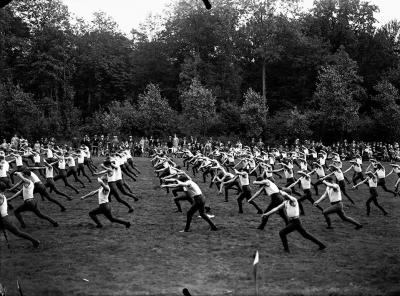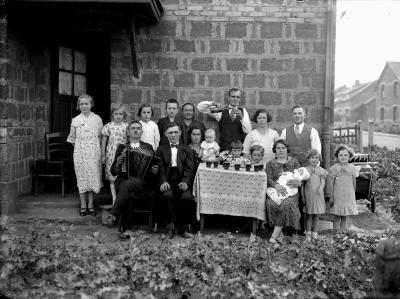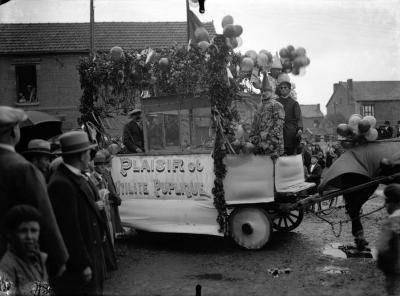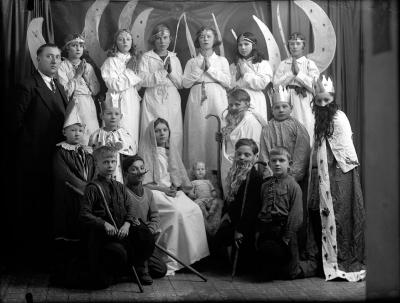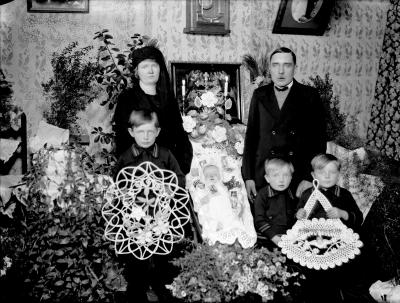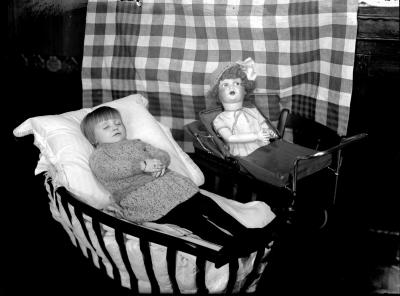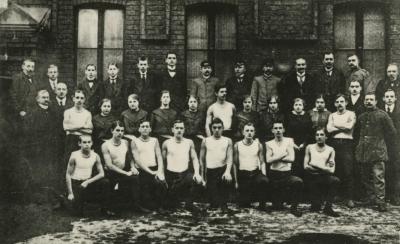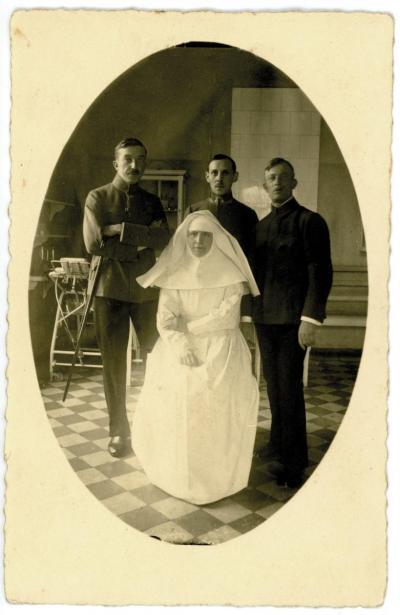Kasimir Zgorecki (1904-1980) – from Recklinghausen to the pantheon of French photography
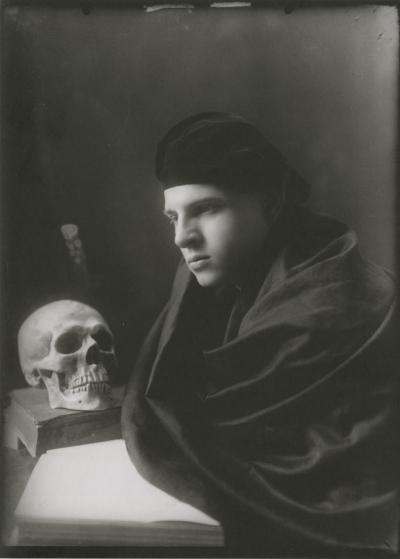
As well as the housing estate, the Catholic church of St. Michael was also built in 1900, shortly before Kasimir’s birth.[15] It is also unlikely that the choice of patron saints for clubs and associations happened by chance. The Polish Association of Saint Michael has been in Recklinghausen-Süd since 1988.[16] This association or an association with the same name, organised trips to the Neviges place of pilgrimage in North Rhine-Westphalia.[17] In general, thanks to their superior legal status, it was easier for Ruhr Poles to set up clubs and associations in Prussian territory than it was for miners from other countries.[18] The clubs and associations instilled values from the homeland, which created direction and focus in an unfamiliar environment. They gave the feeling of cohesion in a foreign land and the broad range of clubs available meant that they were able to provide help in many areas of life. So the Zgorecki family lived in a flourishing district with new construction projects where there were many Polish clubs and associations and where Catholic masses were held. In 1903, Recklinghausen also got its first chaplain for pastoral ministry in the Polish language.[19] The choral association “Róża Leśna” staged family celebrations and traditional festivals as well as singing competitions with Polish folk songs in Hochlarmark.[20] “Sokół” sports clubs were founded in every district and their members kept to the rules and regulations so as to create a positive atmosphere in the clubs and associations.[21] Others, such as the lottery club “Dobra Nadzieja”, shared their state’s lottery winnings among its members so they could use them for property ownership in their homeland.[22] Other associations, such as the “Gwiazda” cycling club, helped shape the Ruhr Pole’s leisure time.[23] Although the official line of the associations was that they were apolitical, they were still placed under observation by the local police.[24]
The registration card that the Recklinghausen Office issued for the Zgorecki family certified that they had moved to Herne on 1 October 1907 (see Fig. 3). The exact address in Herne is barely legible and, unfortunately, could not be deciphered during the research for this article. It is important to note that there were already four people in the family – the father Casimir, the mother Marianna, their daughter Jadwiga (born in Hochlarmark in 1902) and Kasimir. Their move, which was most likely attributed to mining migration, was not an uncommon phenomenon in the Ruhr area, a fact also confirmed by the Herne historian Ralf Piorr.[25] This mining migration arose because working conditions and wages varied from mine to mine which, in turn, led to a lot of job changes with people being actively poached.[26] In the Zgorecki family’s case, it was just a few kilometres that took them to a new living environment.
[15] Matthias Kordes: Wohnen, Leben und Arbeiten von Fremden im Revier, p. 287.
[16] see: https://www.porta-polonica.de/de/atlas-der-erinnerungsorte/polnischer-v… (last accessed on 1 July 20)
[17] Werner Burghardt: Die polnischen Arbeiter sind…fleißig und haben einen ausgeprägten Erwerbssinn, p. 413.
[18] Werner Burghardt: Die polnischen Arbeiter sind…fleißig und haben einen ausgeprägten Erwerbssinn, p. 403.
[19] Werner Burghardt: Die polnischen Arbeiter sind…fleißig und haben einen ausgeprägten Erwerbssinn, p. 408.
[20] cf. Werner Burghardt: Die polnischen Arbeiter sind...fleißig und haben einen ausgeprägten Erwerbssinn, p. 413.
[21] Sokół clubs were popular gymnastic movements whose focus was on sporting activities. But their objective was also to uphold Polish culture and tradition.
[22] Werner Burghardt: Die polnischen Arbeiter sind… fleißig und haben einen ausgeprägten Erwerbssinn, p. 413.
[23] see: https://www.porta-polonica.de/de/atlas-der-erinnerungsorte/polnischer-r… (last accessed on 1 July 20)
[24] Werner Burghardt: Die polnischen Arbeiter sind…fleißig und haben einen ausgeprägten Erwerbssinn, p. 413.
[25] Telephone call on 19 June 2020 on the subject of the Ruhr Poles in Herne.
[26] Werner Burghardt: Die polnischen Arbeiter sind…fleißig und haben einen ausgeprägten Erwerbssinn, p. 406.
